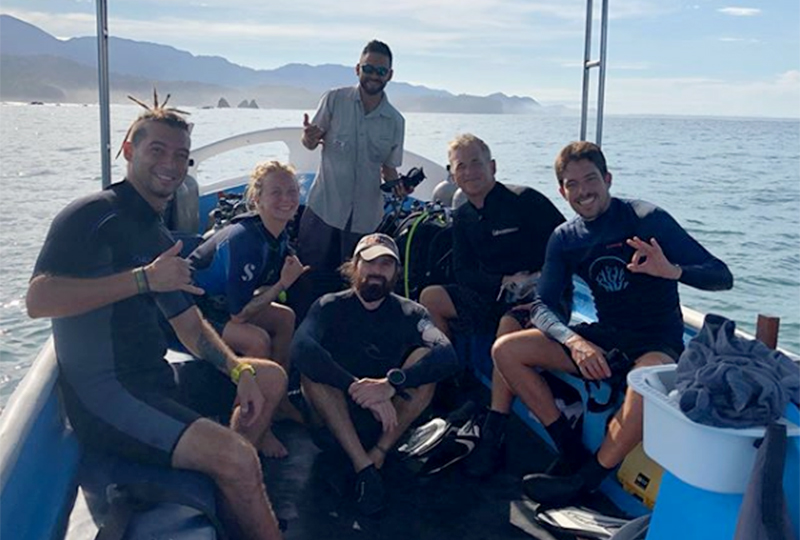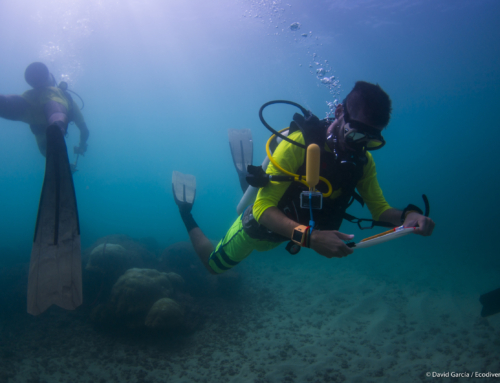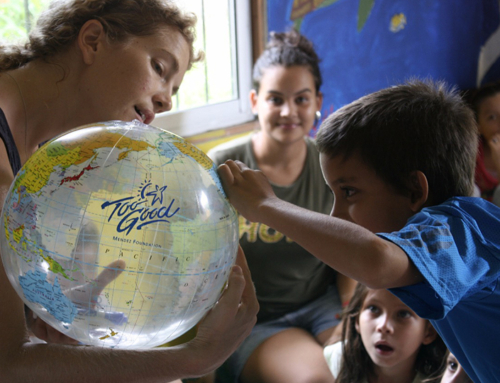Last September, we went scuba diving with the Innoceana team in Marino Ballena National Park. The goal here was to start monitoring different sites within the park, in order to understand the dynamics and conditions of each site. Innoceana, an international marine conservation NGO, accounts for specialists in the study and monitoring of coral reefs around the world. The collaboration with Innoceana plays is crucial for the first phase of our coral restoration project.
Monitoring and understanding the sites is primordial to ensure the success of our project. When looking into the history of coral restoration around the world, we can observe how many obstacles and difficulties can arise if prior monitoring of the area hasn’t been properly done. Indeed, water parameters, current conditions, biodiversity, and specific ecological elements will define how successful the restoration of the coral reef is.
During this first monitoring led by the Innoceana team, we studied 3 sites: Roca Ballena, Bajo Mauren, and Bajo Ahogado. For each site we measured water qualities: temperature, pH, salinity, nitrates, phosphates, and turbidity. Moreover, we dove and recorded the algae and coral coverage through the creation of 3D models of the reef. The abundance and inventory of marine invertebrates were also recorded, and we explored the sites in search of the area with the highest coral coverage. Finally, the observation of the current conditions on each site, allowed us to understand and link all of our observations: understanding each specific ecosystem in order to plan and optimize our coral restoration project.
The results of this first monitoring were very positive, despite the significant dead coral coverage. Indeed, we recorded 10 different healthy coral species in one of our studied site, indicating a surprisingly high diversity compared to other sites. Moreover, water quality parameters measured showed a substantially positive response, with low nitrates and phosphates concentration.
Nevertheless, it is important to keep in mind that Marino Ballena National Park has suffered intense sedimentation events, anthropogenic pollution, and climate change consequences (temperature and pH changes), leading to the loss of more than 80% of the coral reef in the last 20 years. Restoration of the reef won’t be easy and it is essential to understand completely the dynamics and ecological conditions of the park. Since September, Innoceana has performed various additional monitoring, collecting precious data that will help define the best area to start the second phase of our coral restoration project.





